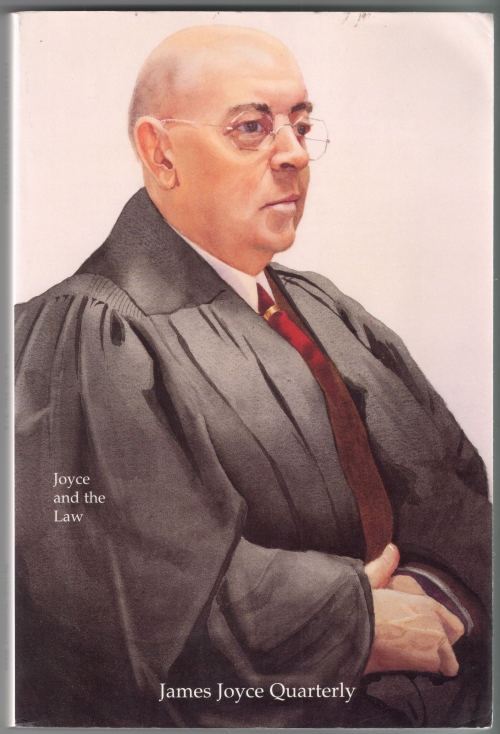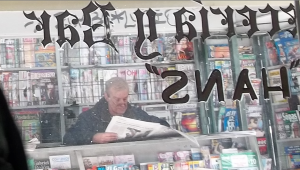Medievalism: The Future of the Past
This book is another treasure from the University of Toronto. It was published by LEGAS in 2000 and is a record of the proceedings of the St. Michael’s College Symposium of 1999. As the fantastically dated cover image implies, the purpose of the symposium was to discuss medievalism and its progression in academe. From a piece deconstructing medieval imagery in mass media and contemporary advertising to a history of Victorian medievalism and medievalism in McLuhan, the text is both entertaining and illuminating. One essay of particular importance is Mediaevalism in Toronto: Etienne Gilson’s Vision, which recounts how and why Gilson established the Institute of Mediaeval Studies in Toronto. To understand the circumstances surrounding the Institute’s foundation and observe what it has grown to become today is to appreciate the vision and foresight of Gilson and be grateful that this Immortal of the Académie français saw fit to lay these roots at St. Michael’s College. The University of Toronto is now a global leader in medieval studies and in 2014 it is important to remember on what this reputation was built.
The Special Collections and Archives of the Kelly Library at St. Michael’s College has more information and related links here.
“the sacred vessel everyone was seeking”






